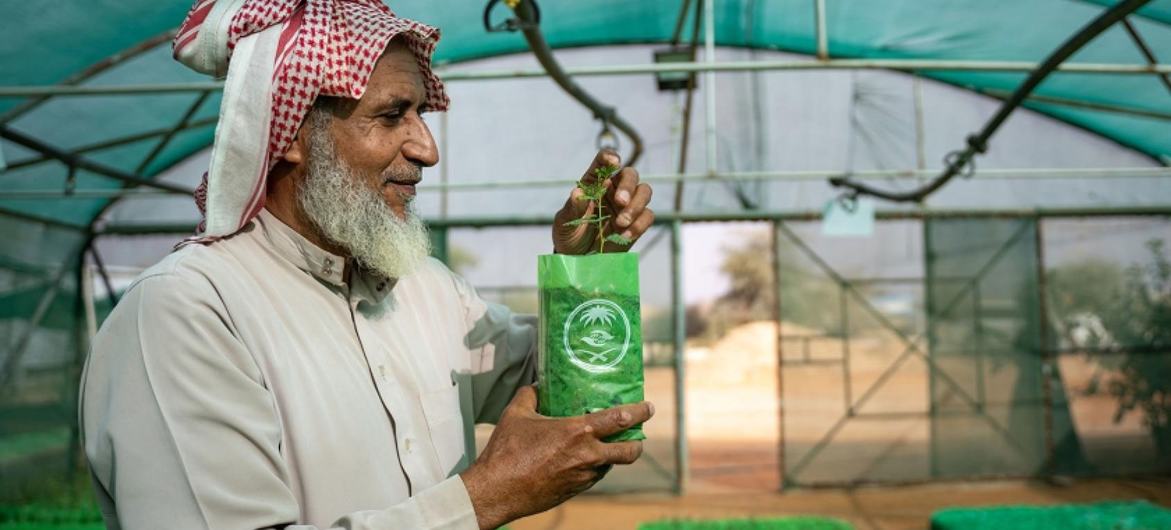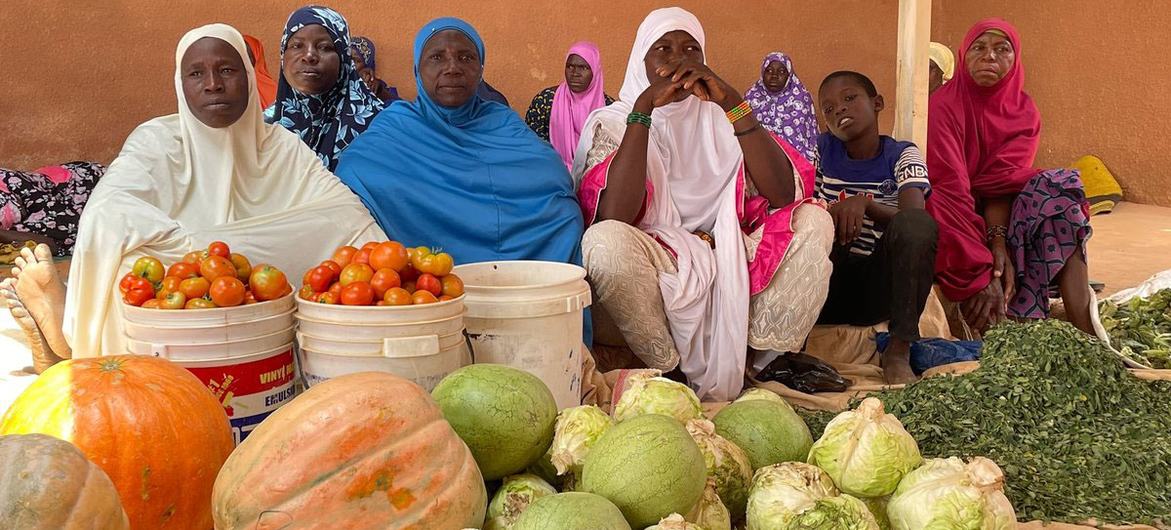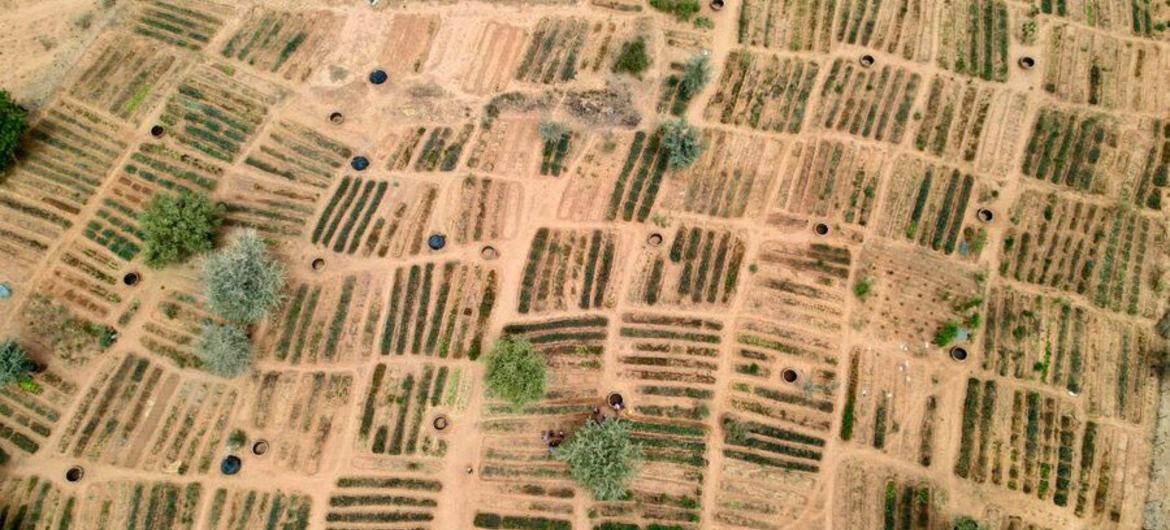Holding the front line against desertification

Across the world young and old are responding to this threat by adopting new approaches to working on the land that may not only prevent more degradation but may also provide new livelihood opportunities.
The issue of desertification, drought and land restoration are being discussed at a global meeting of the UN Convention to Combat Desertification (UNCCD), which continues in Riyadh, Saudi Arabia, until 13 December.
Drawing a line in the sand in Madagascar
In the south of the island of Madagascar off the east coast of Africa, productive land has been lost at an alarming pace to sand driven inland across farmland by powerful seasonal winds.
The communities that live here are amongst the most vulnerable in Madagascar and as the sandy soils they farm become ever more degraded, they can no longer cultivate their land and their livelihoods are threatened.
But now, with the support of the UN, communities have been growing sisal plants, which are resistant to severe conditions and well adapted to a more arid environment.
When cultivated in grids, they can help to secure the topsoil and prevent further erosion. This means fewer sandstorms and more opportunities to work the land.
“Before on the land where we are standing there was nothing here, just sand. So, we could not grow our crops. But now, we have planted sisal which has been good for the village,” said Lydia Monique Anjarasoa.
Listen to The Lid is On podcast from UN News to find out more about how communities are holding back the winds of change.

Regreening the desert in Saudi Arabia
In Saudi Arabia, Abdullah Ibrahim Alissa described how the arid land he grew up on to the north of the country’s capital, Riyadh, deteriorated and suffered the effects of desertification.
The land falls within the rocky Thadiq National Park, known for its sweeping valleys. As its current manager, Mr. Alissa took on a project to rehabilitate the 660-square-kilometre-park. This has involved planting 250,000 trees and one million shrubs as well as the construction of terraced dams to catch the area’s sparse rainwater.
“Through afforestation projects, protection and care, the area has completely changed,” said Mr. Alissa.
Restoring Thadiq National Park is part of Saudi Arabia’s wider plan to re-green huge swathes of desert at home and abroad. The push is designed to tackle drought, desertification and land degradation, which are threatening countries across West Asia and North Africa.
Three quarters of the arable land in the region is already degraded, and 60 per cent of the population is already experiencing water scarcity, a number set to increase by 2050.
Saudi Arabia has partnered with UNCCD to launch the G20 global land initiative, which aims to cut land degradation by 50 per cent by 2040.

Harvesting hope in Niger
Climate change, land degradation, soaring price and conflict have made the already challenging lives of farmers in the Sahel region of Africa even more precarious, but communities have come together, with the support of the World Food Programme’s (WFP) integrated resilience programme, to cultivate a better life.
Foureyratou Saidou, a single mother of four and recent widow from the Tilaberi area of Niger, is one of around three million people in the region who have benefitted from the initiative, which promotes land rehabilitation, livelihood diversification, school meals, nutrition interventions and improved agricultural production and market access.
“In this garden, we now grow and harvest onions, tomatoes, lettuce and other vegetables that we eat and that we can sell in the local market,” she said. “Before, we didn’t have much to live for. Now we do, and we don’t want to leave.”
With better access to markets, Ms. Saidou is able to sell the food she does not consume at home and provide for her children.













Comment List